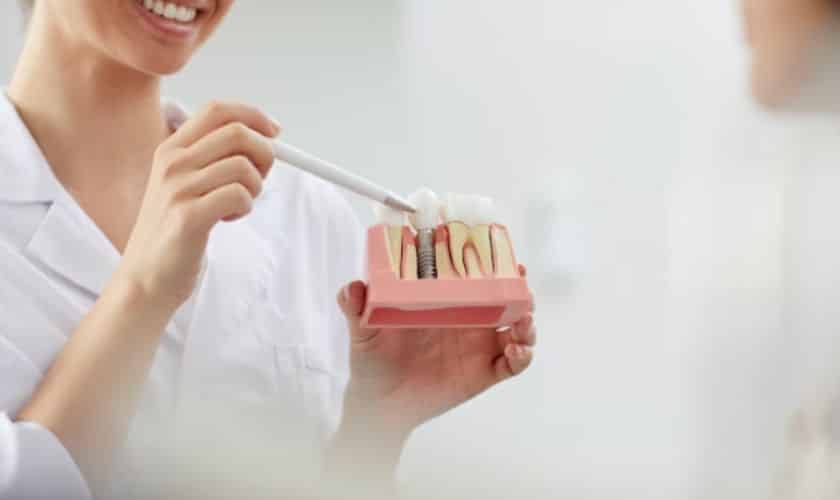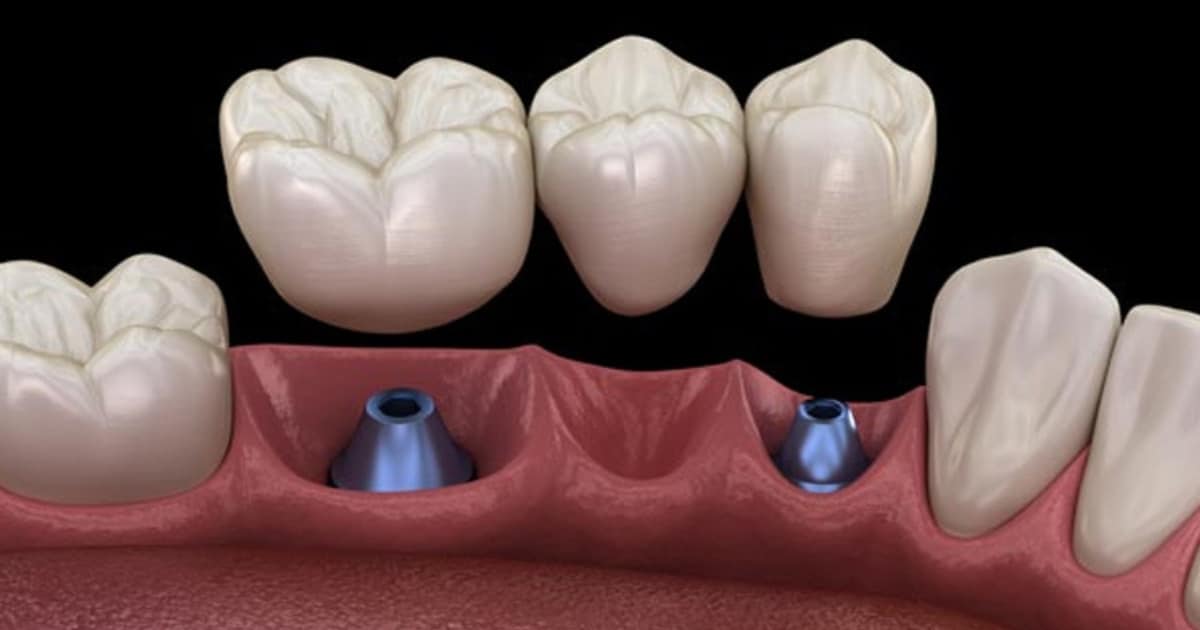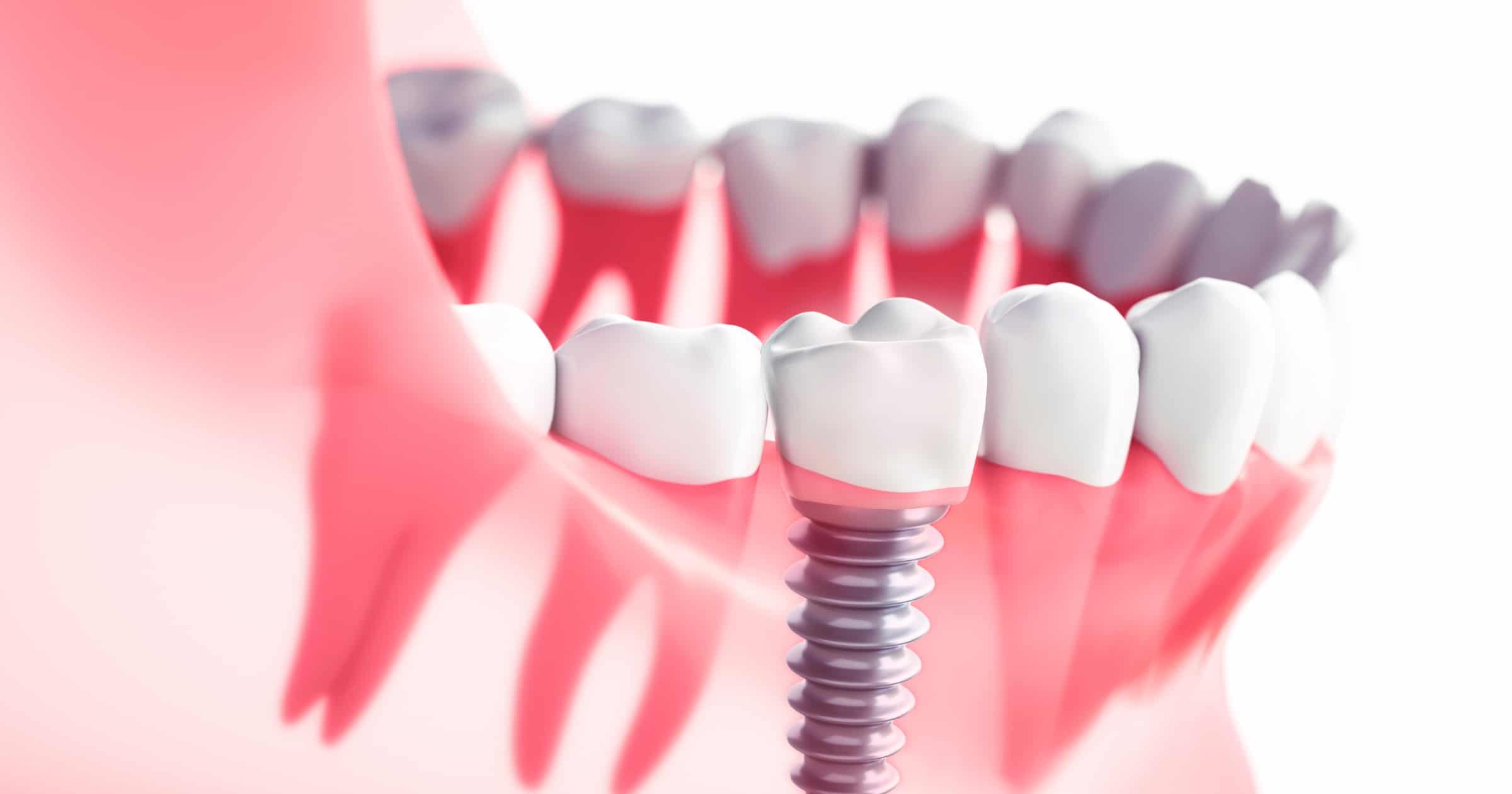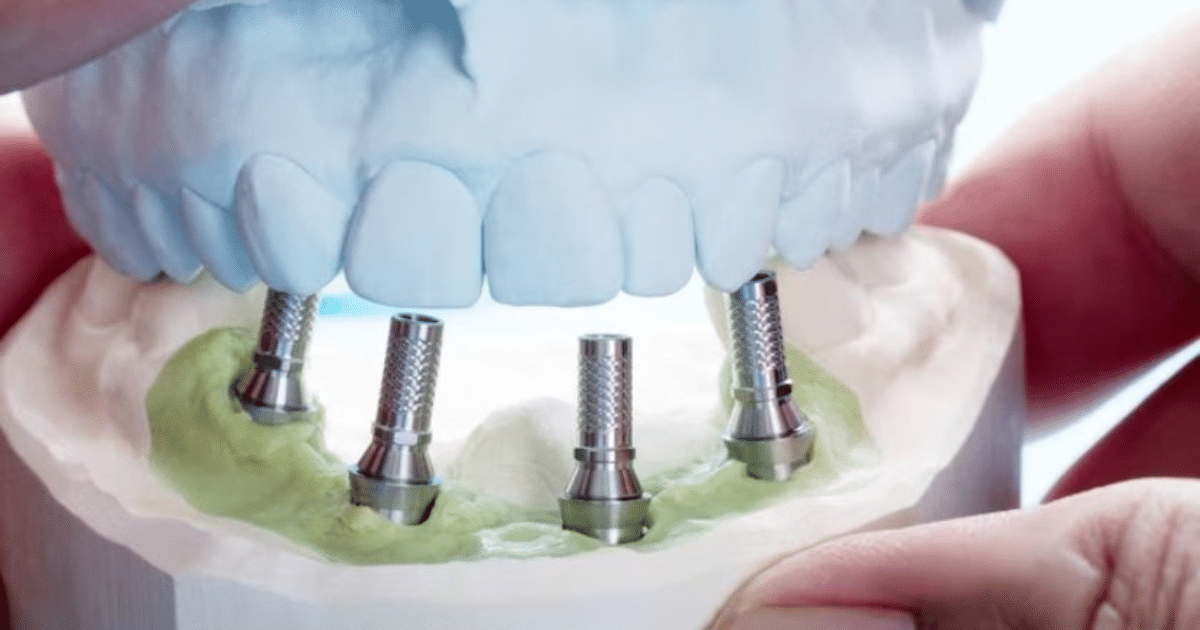
Your smile is one of the first things people notice about you – it’s often the key to making a great first impression. But what if your teeth are crooked, discolored or missing altogether? Unfortunately, this can have a negative impact on your confidence and self-esteem. The good news is that dental implants can give you an incredible smile makeover that will change your life for the better! In this blog post, we’ll explore how dental implants work and why they’re such a fantastic option for anyone looking to improve their oral health and appearance.

The Benefits of Dental Implants
Dental implants are one of the most popular and effective ways to improve your smile. These implants are a plastic surgical procedure that replaces missing teeth with artificial teeth. They are becoming more popular each year because they:
- Improve your appearance and self-esteem.
- Are more durable than natural teeth.
- Require no maintenance other than basic oral care.
- Can last for many years without any serious problems.
What To Consider When Considering these Implants
There are many factors to consider when deciding whether or not dental implants are right for you. Here are a few:
Your lifestyle: Are you often on the go and need affordable, long-term dental care? They may be a good option for you. Or are you a stay-at-home mom who wants to keep your dentist costs down? They may not be a good choice for you.
Your budget: Do you want to spend the upfront cost of dental implants or will you pay off your implant over time? This will impact how much money you’ll need to save up beforehand.
Your health: Are you in excellent health and have no concerns with oral surgery? If so, these implants may be a great choice for you. However, if you have any medical concerns about oral surgery, such as diabetes or heart disease, consult with your doctor before making the decision to have dental implants done.
Age: These implants can last anywhere from 10 to 20 years, depending on the type and quality of implant used. They’re generally considered less risky than traditional tooth replacement procedures like dentures or bridges, but they do require some upfront investment.
Types of Dental Implants
There are a number of different types of dental implants, each with its own benefits and drawbacks. Here are the most common types:
1. Dental crowns and bridges: These are the most common type of dental implant, and they’re used to replace teeth that have been lost or damaged. Crowns and bridges are made from many different materials, including metal, porcelain, and composite plastics. They can be designed to look like your natural teeth (in some cases), or they can be custom-made to suit your specific needs.
2. Dental implants in the jaw: Dental implants in the jaw are usually used to replace teeth that have been displaced or destroyed due to decay, injury, or other causes. Implants in the jaw can be either fixed (where they remain in place) or removable (where they can be replaced).
3. Dental implants in the skull: Dental implants in the skull are usually used to replace teeth that have been lost due to disease or trauma. Implants in the skull can only be fixed (where they remain in place), or they can also be removable (where they can be replaced).
4. Dental Implants for Children: Children often need more than one tooth replaced at a time because their teeth grow faster than adults’ teeth do. This means that children typically need dental implants sooner rather than later if they want them to last long-term. Child dental implant treatments typically involve several
How to Get a Quote for Dental Implants
If you are considering dental implants, it is important to understand the different types of implant options and how each one can help you achieve a better smile. Here are six steps to get a personalized quote for dental implants:
1. Contact a qualified implant dentist who will review your oral health history and provide a consultation report. This report will include an evaluation of your bone quality, jawbone structure and size, tooth alignment and other aspects of your oral health.
2. Discuss your goals for dental implants with the implant dentist. They will help develop a personalized treatment plan that meets your specific needs and desires.
3. Select the type of dental implant that is best suited for you based on your oral health history and goals. There are three types of dental implants available today: mini-implants (also known as subcutaneous or soft-tissue implants), synthetic bone grafts (used in conjunction with mini-implants), and full-metal-joint (FMJ) implants.
4. Prepare by making sure you have good oral hygiene habits and have had any necessary tooth restoration procedures done prior to surgery (e.g., crowns, veneers). The implant dentist may also require x-rays or photographs before placement of the implant to ensure accuracy of the surgery plan.
5. Make an appointment for surgery by speaking with the implant dentist about what is required in advance (e.g., antibiotics if taking medications orally that could interfere
Procedure for Getting Dental Implants
If you are unhappy with your smile and want to improve it, dental implants may be the solution for you. Dental implants are a life-changing decision, as they can provide you with a permanent smile. Here is a step-by-step procedure for getting dental implants:
1. Make an appointment with a dentist who specializes in dental implants.
2. Fill out a treatment plan with your dentist. This will include information about your goals and expectations for the surgery.
3. Choose the implant type that is best suited for your unique teeth and jaw structure. There are several types of dental implants available, including single crowns, double crowns, three-quarters crowns, full dentures and hybrid solutions (a combination of two or more implant types).
4. Have a precise diagnosis made of the condition of your teeth and jaws. This will help your dentist choose the most appropriate implant type and placement for you.
5. Undergo surgery on either side of your upper teeth (maxilla) using local anesthesia (anesthesia that numbs only the area being treated). The surgical procedure typically takes about one hour per side. After surgery, you will need to rest for several hours before returning to normal activities.
Source: Teeth Talk Girl
After the Procedure: Cleaning and Care
Now that the dental procedures are complete, it is time to take care of your new teeth. The first thing you will want to do is clean your teeth every day. Use a toothbrush and toothpaste that specifically targets implants. Make sure to brush in the back and sides of your mouth as well. If you have any concerns about your implant or if there is any pain, please contact our office immediately. Another important step after surgery is to ensure that you keep your implant dry. This means avoiding drinks with sugar or caffeine, smoking, and eating crunchy foods or chewing on hard objects. Make sure to visit our office every six months for a check-up. We will be able to check the health of your implant and make any adjustments as needed.
In conclusion, choosing a smile makeover with dental implants can be a life-changing decision. Beyond the cosmetic improvements, dental implants offer functional and long-lasting benefits. They restore your ability to chew and speak properly, boost self-confidence, and maintain facial aesthetics. By preserving jawbone health, dental implants ensure the longevity of your smile makeover. However, it is essential to consult with a skilled dentist specializing in implant dentistry to ensure personalized and successful treatment. With a smile transformed by dental implants, you can enjoy improved oral health, increased self-esteem, and a brighter outlook on life. Make the decision that can truly transform your smile and enhance your overall well-being.


